Kelsey Sucena
Kelsey Sucena is a photographer, writer, and park ranger currently working on Fire Island. Their work rests at the intersection of photography and text, often within the bodies of performative slideshows and photo-text-books, probing concepts of identity, impermanence and language. They enjoy short walks on the beach and Kelsey is an MFA candidate at Image Text Ithaca (2020).
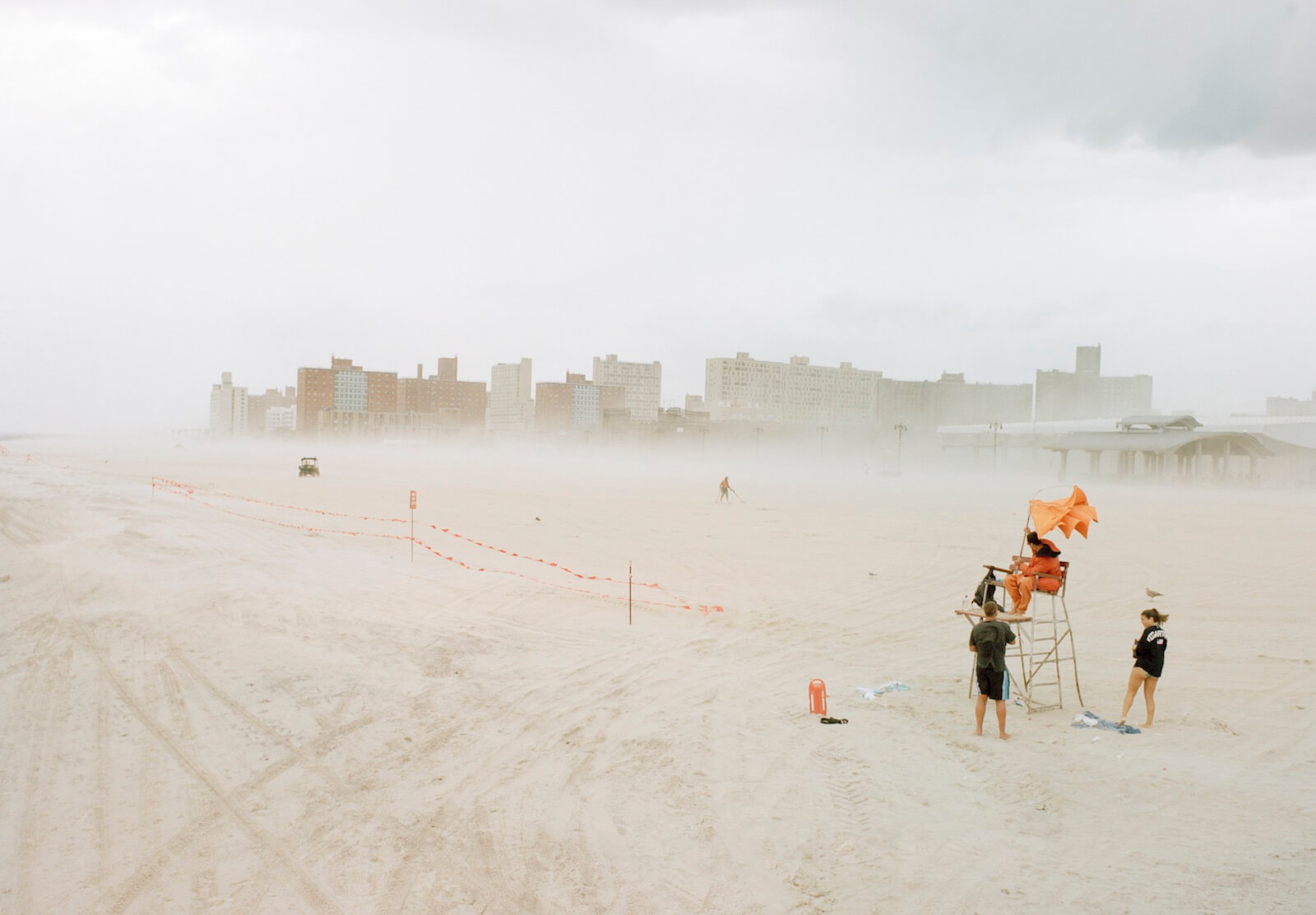
As I am writing this, the remnants of Hurricane Dorian continue to batter the thin barrier beach on which I’ve worked my last ten summers. Powerful and sustained winds from the storm toss waves against the dune line, exposing the rugged and adaptable roots of the beach grass which holds them together. I have become acquainted with this landscape through long periods of trial and error. On my arms, there is the echo of a nasty sunburn. Along my ankles, a dozen or so red sores mark the first feeding ground of a brood of larval ticks. My body has become accustomed to this. It is trained to adapt to the ever flowing sand, and the ever chaotic conditions of Fire Island, and though Dorian has had the Park Rangers biting our nails since it first formed in the Atlantic, I am confident that this island can adapt too. My body has also become accustomed to the rough conditions of the American job market. My mind trained into the self-flagellating work ethic which Calvinists stitched into our culture centuries ago. Instability has been the name of the game ever since I entered the workforce at the ripe age of 13. When the economy collapsed in 2008, we were promised that someday it would be doing much better. Now they are telling us that it is. Jobs are more stable, wages are less stagnant, and capital, though it may only flow in one direction, flows once again. But the recession carries on with me today. It has collapsed the space between my working and lived life, and forced me into the habit of looking for work where work should not be found.
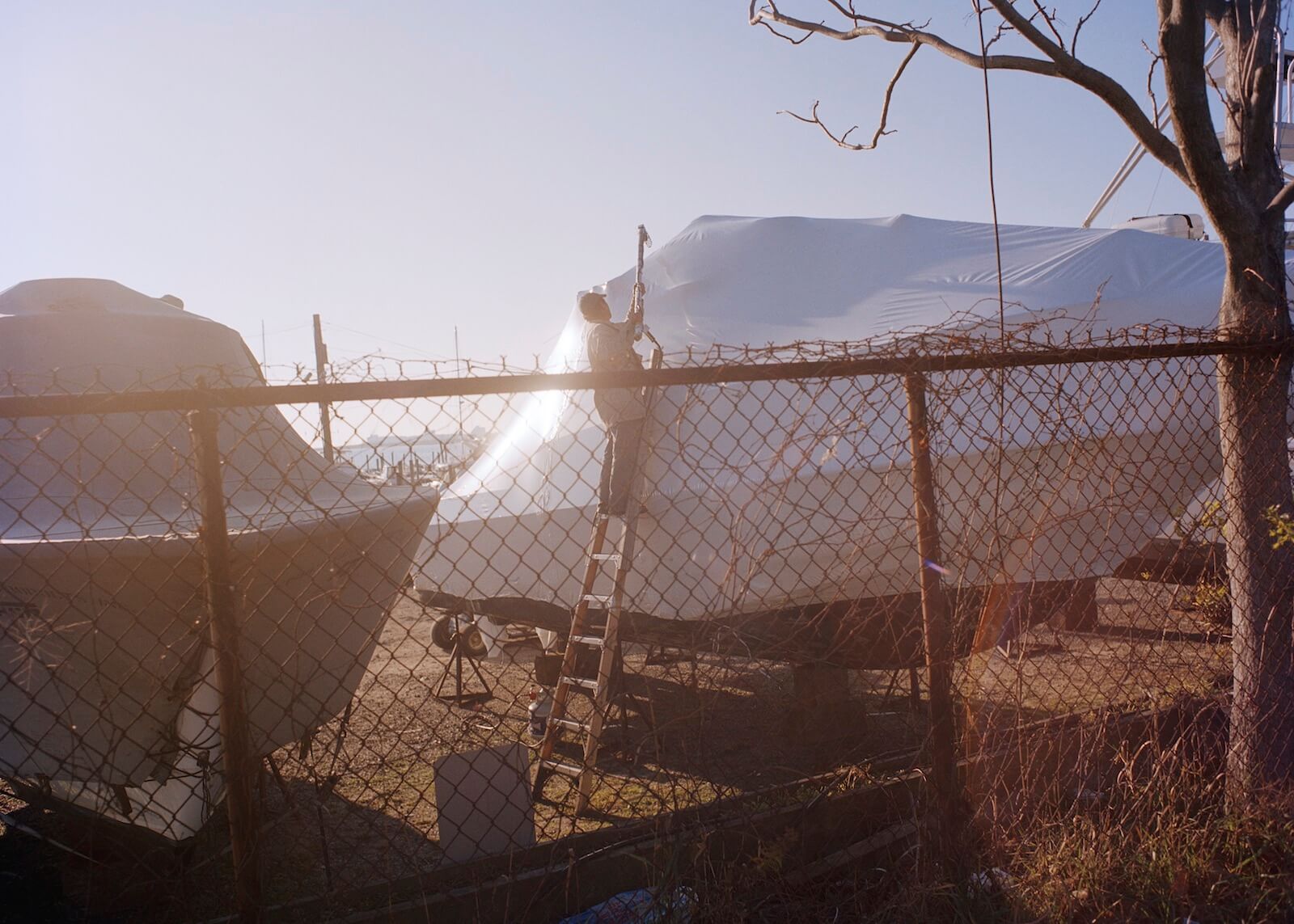
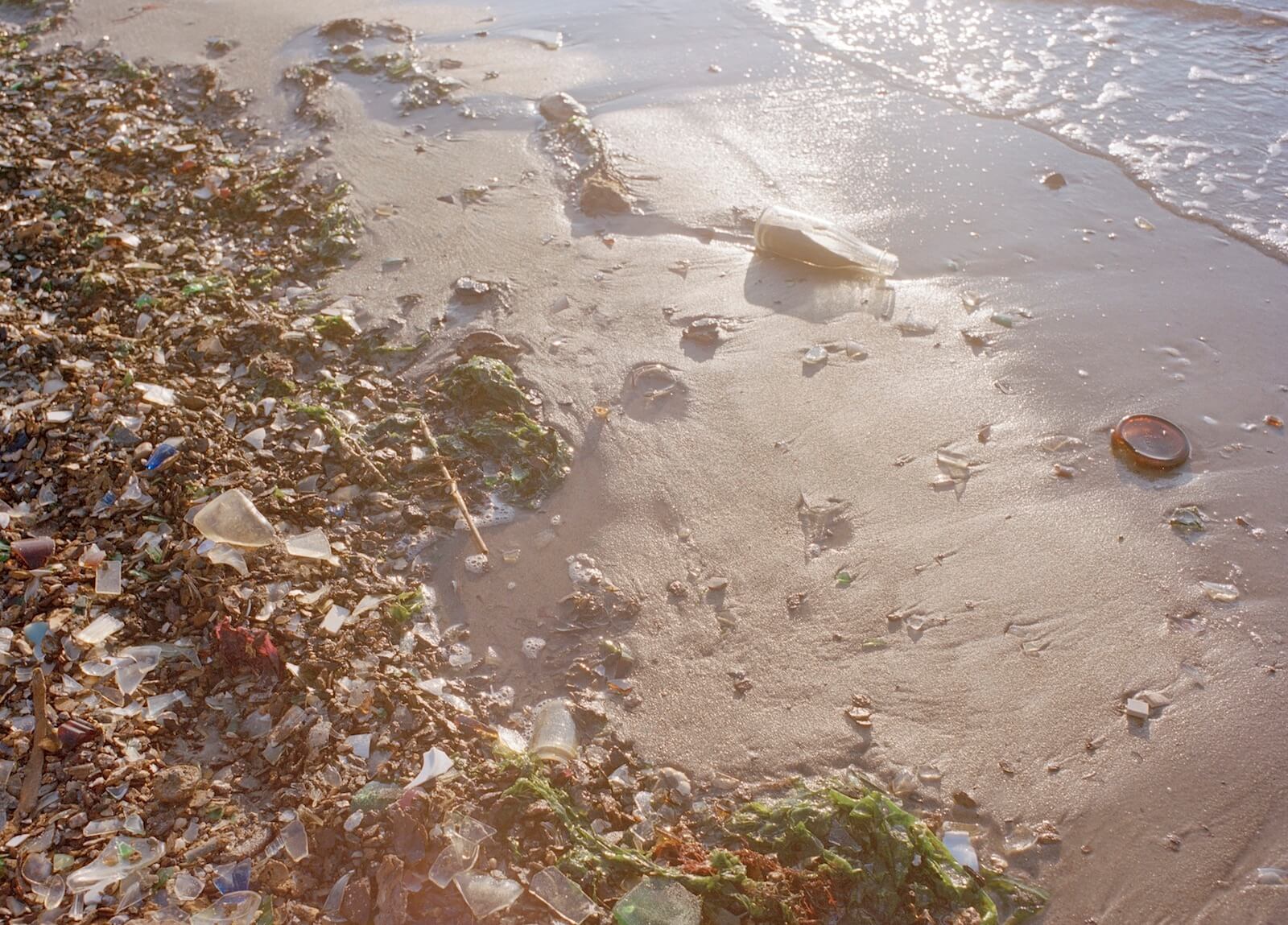
This Labor Day was the first I had off in nearly tens years. I spent it scanning film and though there are certainly less pleasurable things I can be doing on my day off, I can’t shake the subtle irony of working on my work when I’m not at work. I have to pause for a moment to ask myself whether or not this work is, and should be, truly productive? Indeed the tendency to label our creative projects as work has had me questioning the market for art altogether. My creative labor doesn’t offer me much in the way of financial stability. If it did, I wouldn’t be working 9 to 5 to make a living. If you’re a photographer, or artist of any sort, you are probably familiar with the frustrating ebb and flow of the creative process. There are long periods of drought, which may leave you feeling shitty about the prospect of your extended career, and then there are storms, which can be just as disconcerting. This instability tests us. It forces us to prove that we are resilient workers, artists worthy of praise and reward. This is, to say the very least, an unstable way to live our lives. Success shifts beneath us like sand through our roots, and proves to be just as difficult to grasp. Though the culture wars over publicly funded art in the United States were hard fought in the 1990s, today they are largely given up. Austerity has poisoned our prospects, just as it burdens our parks with massive maintenance backlogs. With very few exceptions, the public sector is not a reliable source of stability for young artists, and so we find ourselves fighting for the lucky scraps of private wealth which might trickle down from the suits of CEOs. There’s no money in books, so the Deadbeat Club celebrates and laments.
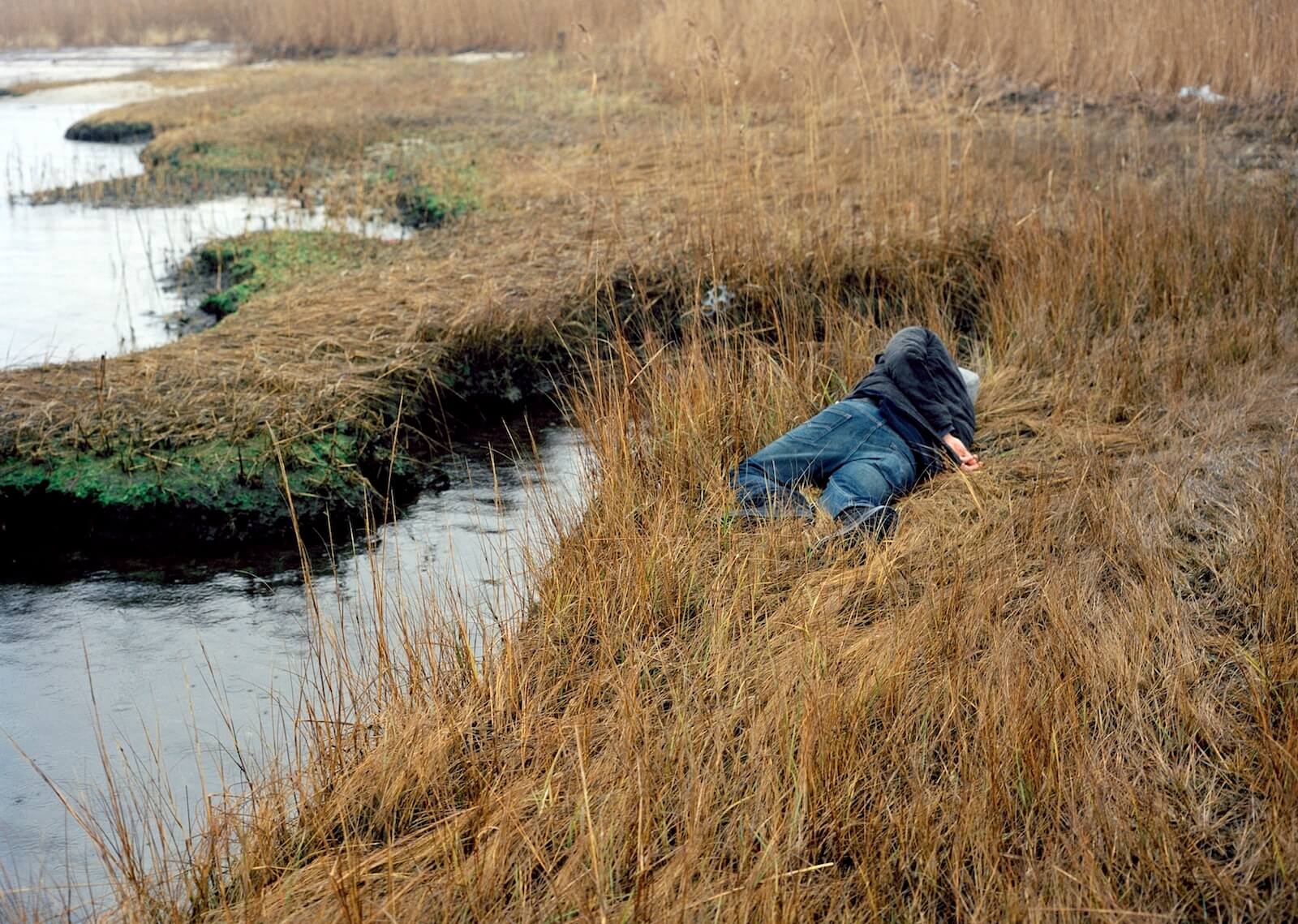
For this reason, and many others, I find it necessary to draw certain lines between my life as a Park Ranger and my life as an artist. Though I find pleasure in my role as a tour guide and educator, granted the very real privilege of visiting Fire Island when I otherwise could not afford to do so, my job is still my job, and so, takes time away from the pleasures of art making. If there is a project to be done in my lifetime, a work to be made of my short tenure on Earth, it is to be found within the rarely viewed and even more rarely purchased photographs of my archive. The work that I find most rewarding should hardly be labeled work at all. It is a therapeutic space, a re-connective tissue between me and the material world, and therefore, at odds with the alienation my working life. When I am making pictures, or scanning them at home, I am under no illusion that they will grant me some kind of lasting financial success. There are rare instances of artists ‘making it’, and even rarer instances of art-photographers doing so. Those few instances might serve to motivate us, the way that the success of a start-up venture might motivate the middle class, but this motivation can just as easily backfire, as when we compare ourselves to our colleagues and friends and, in so doing, sink ourselves into the deepest recesses of our own self-pity and frustration. A professor once told me, jealousy will kill you, and I know that she is right.
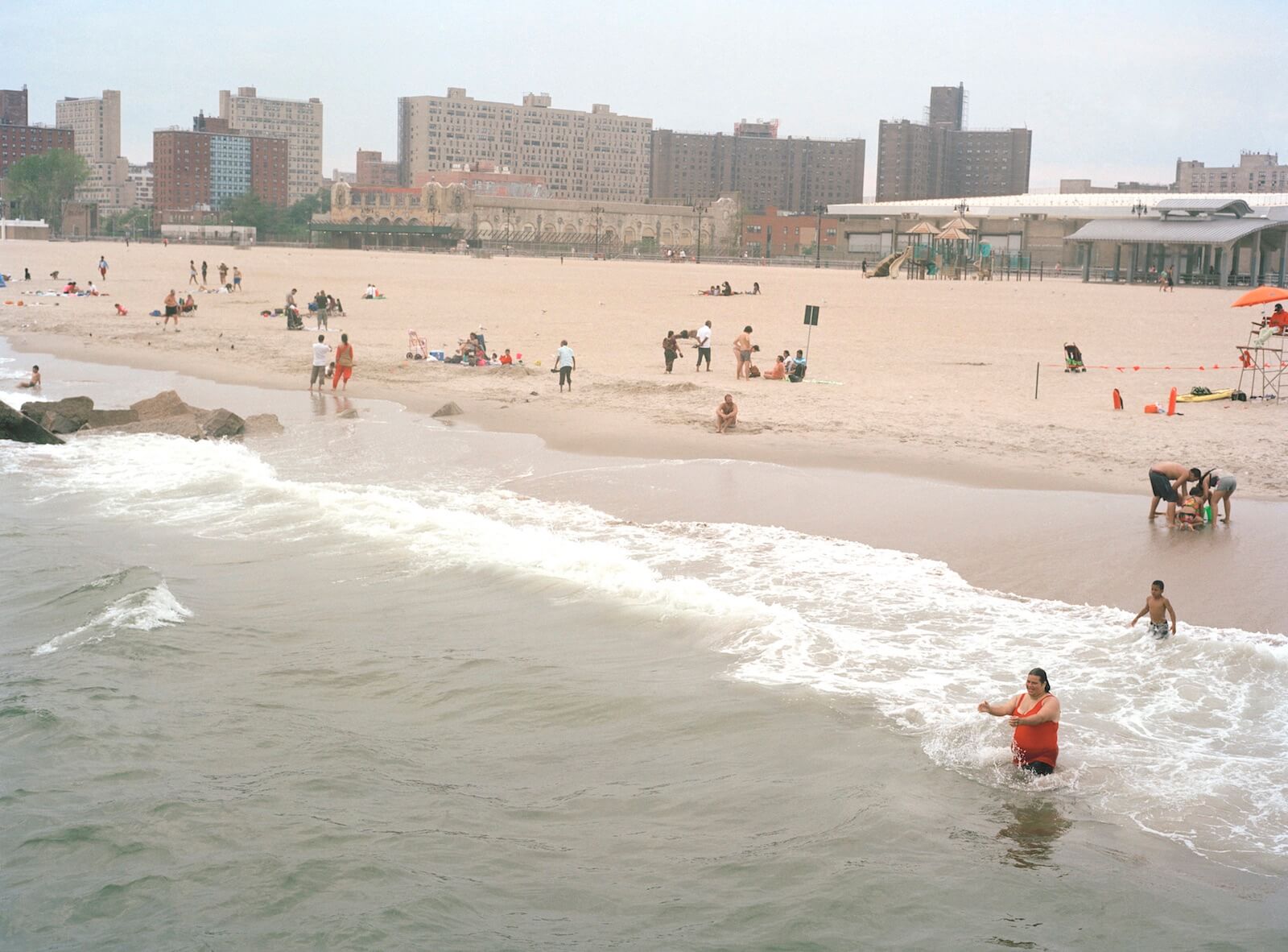
Perhaps part of the problem with thinking of art as work is that work in art so often adopts the model of work in all other sectors. Work becomes synonymous with competition. We see this tendency play out in the photography world with the sheer proliferation of ‘open calls’ and ‘contests’. So often we shoot for first prize, and unfortunately, our trusted institutions cannot offer us anything better. This, of course, is not necessarily their fault. Those institutions are themselves adjusting to new and oppressive material conditions (the crippling weight of economic inequality, shrinking budgets and fragmenting audiences). It would seem that the entire model around which we build our communities within the arts and assign value to our work is wrong, or at least somewhat dysfunctional. I’m certainly not the first to say so. Nor do I feel nihilistic about the future of artistic communities. In fact, if the collective action of over 700 art professionals, and more recently, over 500 adjunct professors are any indication, the sense of solidarity among artists appears strong. Though the documentation of their salaries, benefits and other important data are a small gesture, the widespread publicity and celebration of these documents mark a massive leap toward some much needed transparency.
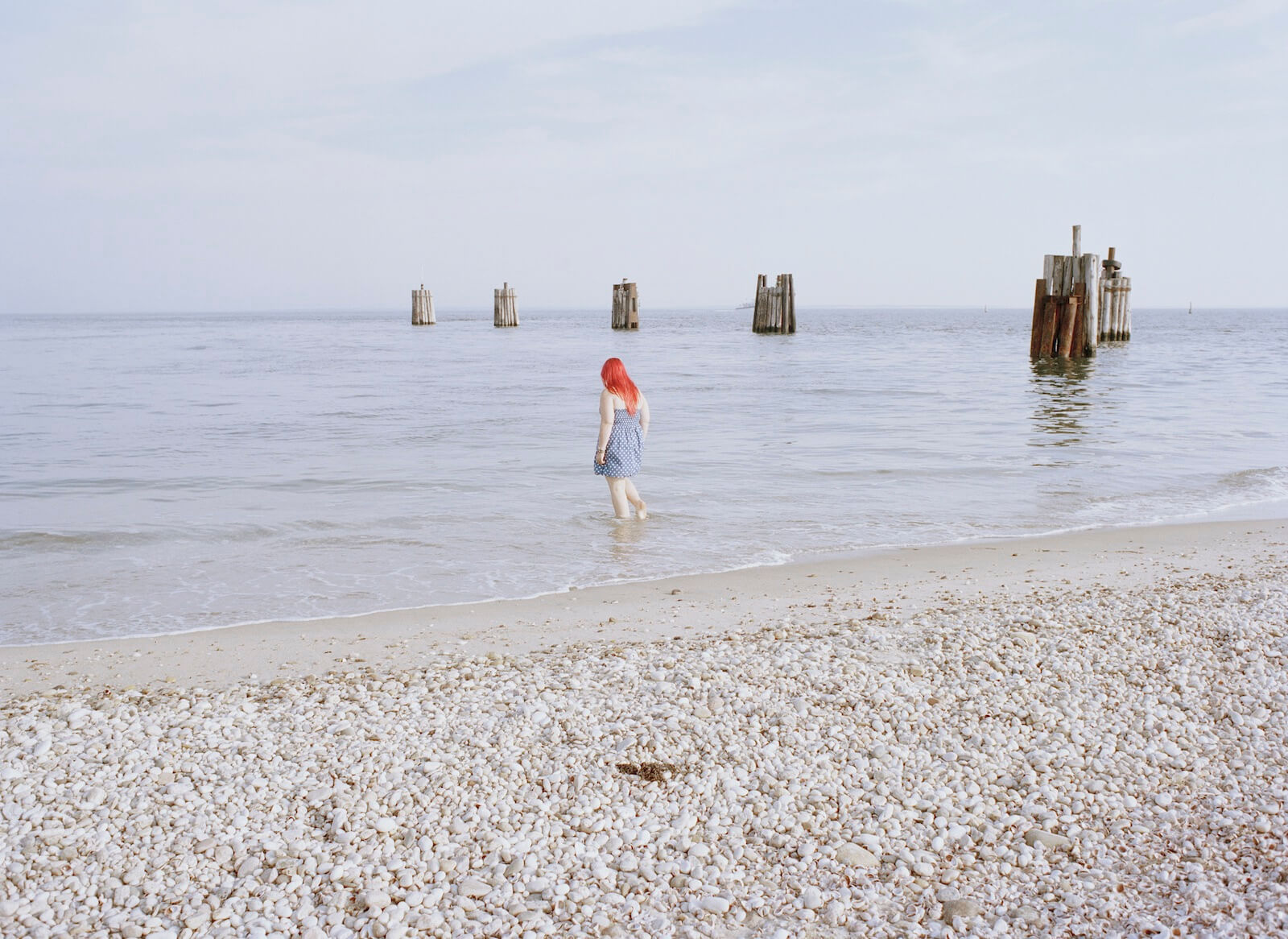

So now, what alternatives do we have as artists? Where, if not within the market, can we invest our energy in pursuit of some kind of stability? Outside of the window of my visitor center, at the mouth of the Fire Island wilderness, there is a model I would like to propose. American Beach Grass, Ammophila breviligulata, is native to Fire Island. It is perhaps the most ubiquitous, and most easily overlooked organism you’ll find growing within the park. On tours, I tell my visitors that American Beach Grass, though boring, is the most important thing growing on the island, period. Ammophila breviligulata is remarkable for a few reasons. First, it is flexible and hardy, able to survive the torrential force of storms and ocean, as well as the long and otherwise devastating exposure to salt which leaves most other plants here unwell. It is also a hyper cooperative plant. Ammophila breviligulata spreads rhizomatically, by way of long tendrils which grow beneath the sand. The roots of the plant are covered with a symbiotic fungus which both anchors and feeds the grass in exchange for moisture and nutrients. Those roots stretch out and interconnect so that each stalk of beach grass can trade water when necessary. If it has been a dry summer, plants lower to the ground and thus closer to the water table can channel water up towards those growing at the peak of the dune. If it is wet, those upon the dunes can drain the water which pools at their base. All of these roots together form the skeletal structure of the dunes which protect the beach, and all of the other plants and animals which call Fire Island home.
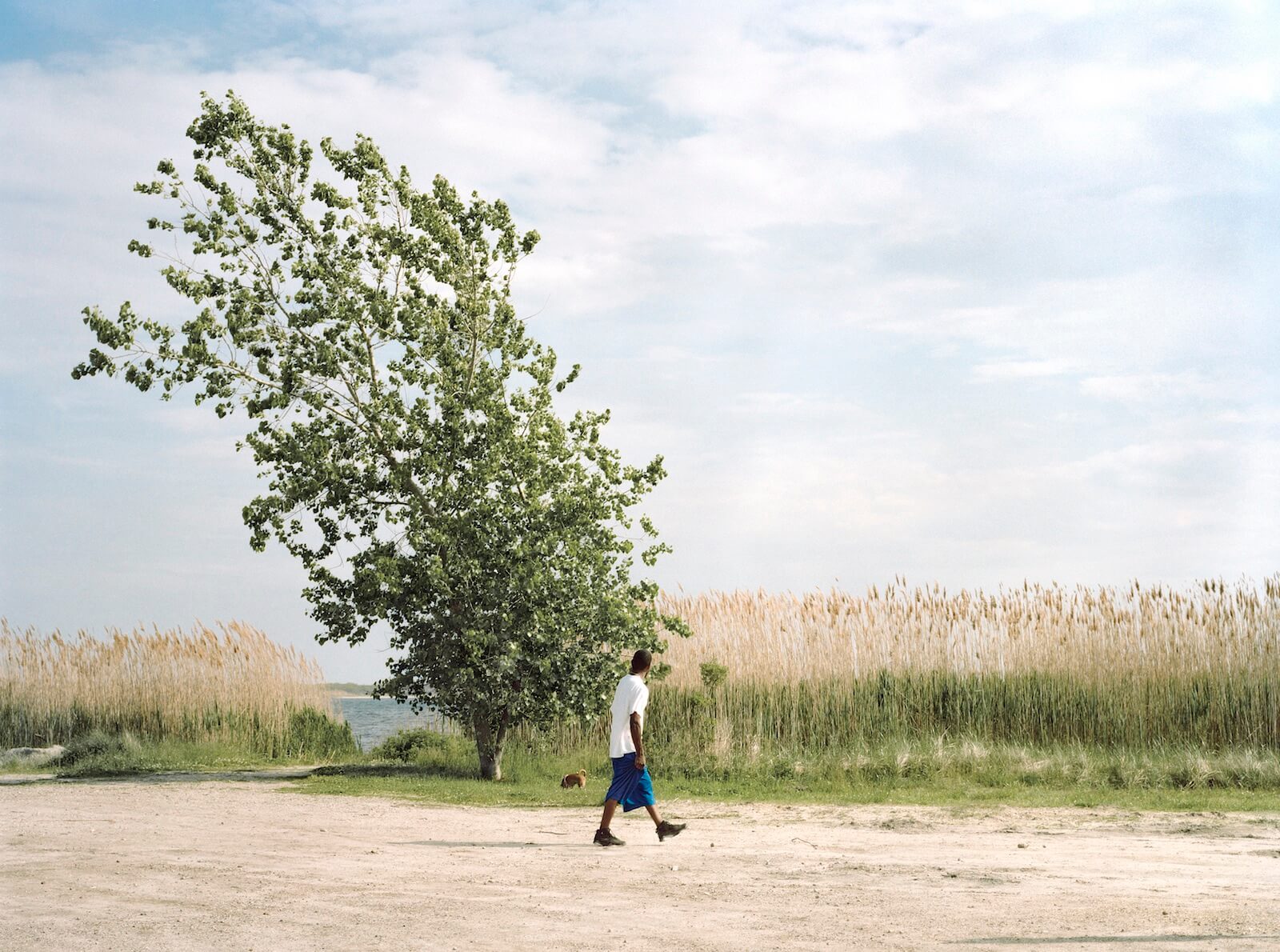
I imagine my ideal artistic communities in this same light. I imagine the pooling of resources, the trading of nutrients throughout our root systems such that stability does not come from the loose and inhuman pursuit of wealth, but from the warm and caring pursuit of each other. I need money to survive, which is why I work my day job. But the fulfillment I get from participating within the arts, the joy of working with you and with others on such gratifying and frivolous pursuits as understanding the material world, is both radical and stabilizing. Like the beach grass which relies upon cooperation for its survival, I refuse to compete for scraps. Let us do the same.
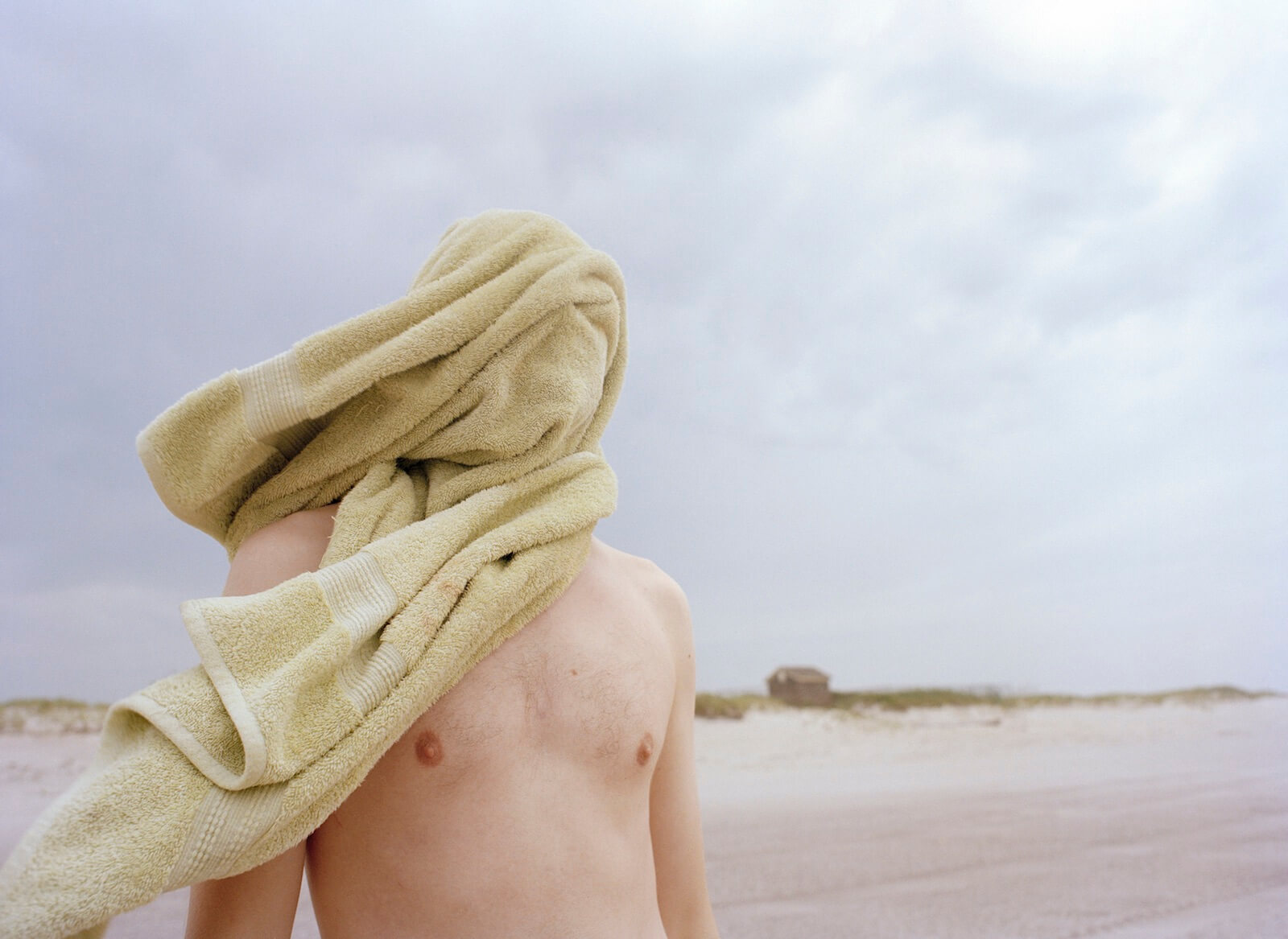
Rocket Science has been featuring the best in contemporary photography since 2016 through interviews, conversations, studio visits and essays by photographers, writers and artists. Your donation to Rocket Science directly supports new artistic content in the pages of Rocket Science and helps us pay our contributors fairly.
